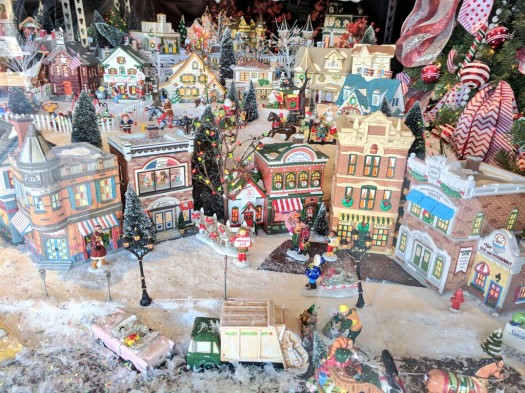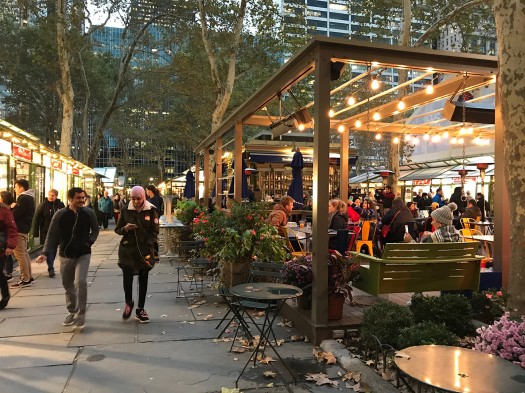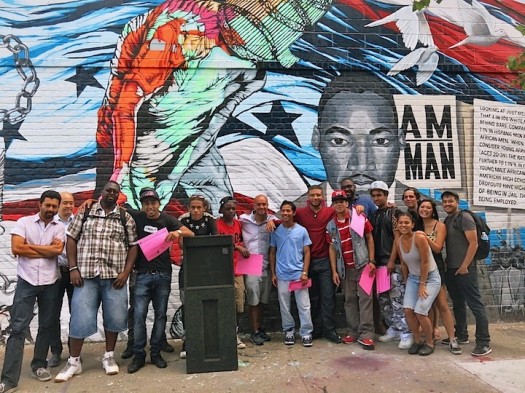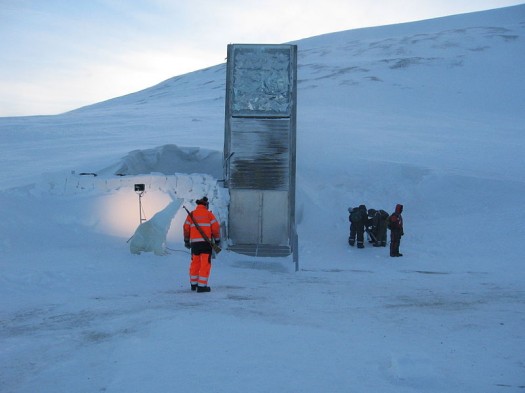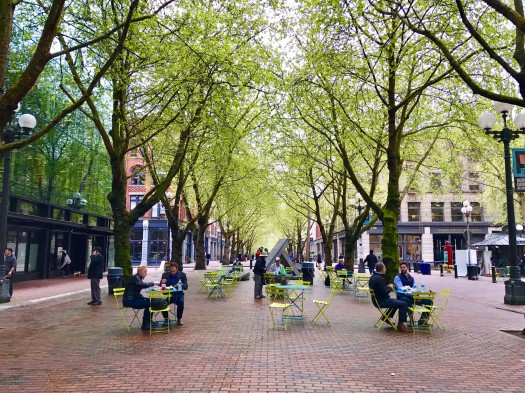Resilience
Year End Reflections: Gratitude for Livable Places
As the year draws to a close, reflection is an important rite of passage: celebrating, mourning, learning, and letting go. 2017 has not been the sort of year in which gratitude is the obvious emotion of choice on many levels. Yet the act of searching for what is beneficial, transformative, and noteworthy helps process through…
Read MorePlaces that Pay: Benefits of placemaking v2
“Reconciliation is making peace with reality, our ideals, and the gap in between,” via Her Honour, Janice C. Filmon, Lieutenant Governor of Manitoba. Much of our work here at PlaceMakers is about redirecting the trajectory of where we are headed with the targets needed to ensure the wellness of our environment, equity, and economy, so…
Read MoreCorrosion of Community: Impossible standards as an excuse for inaction
In a coming post I’ll be addressing the long crawl towards walkability, and towards communities where the promise of meaningful transportation choice becomes increasingly realized. Long story short, the process, already difficult, can become harder rather than easier over time for reasons I’ll explain. But first, let’s revisit the struggles of just getting started with…
Read MorePlace Attachment as a Tool for Shaping Change
Gentrification gets a lot of attention these days, and rightfully so. Particularly as it relates to issues of displacement. No one (or at least no one of heart) wants to see anyone forced from their home and from the community they care for and that, oftentimes, cares for them. The dangled carrot of economic opportunity,…
Read MoreA Hurricane Response Lesson: Disrupt the cycle of futility
Those of us who spent extended time in coastal Mississippi and Louisiana after Hurricane Katrina in 2005 are watching the weather and reading the news with a serious case of Groundhog Day. It’s rescue-recriminate-rebuild-repeat. Over and over again.
Read MoreGood Side of the Downside: The end is (only) near
Chuck Marohn needs a hug. That was my first thought reading this in his July 17 Strong Towns post : Let me be clear about what I actually imagine is in store for us. I look at America’s cities, towns and neighborhoods and I see overwhelming levels of fragility. I see a development pattern that…
Read MoreHere Today, Gone Tomorrow, Here the Day After That
They may not be new but I was recently introduced to a series of comics by English artist Grayson Perry taking on the world of creative arts, particularly one entitled “Gentrification.” The tale is familiar. Old industry fades, artists take possession of the infrastructure, ragtag commerce blossoms and, ultimately, evolves into something only fleetingly reminiscent…
Read MoreLivability, Division, Exclusion and Other Naughty Words
This is what we’ve come to: An escalation in urban property values and cost of living so extreme in some quarters that there are now those who, with a straight face, argue against efforts to improve neighborhoods. Don’t bring those improvements goes the often implied but less frequently articulated point of view, as improvement increases…
Read MoreThe (Irrational) Criminalization of Walking
If you’ve ever found yourself wondering, if only there was a concise resource available that articulates key reasons why walking is so much less prevalent in the modern age; why this presents unanticipated threats to safety, health, the environment, child development, and social equity; and what we in our communities can do to effectively advocate…
Read MoreCNU 25 Seattle: Highlights from the silver anniversary
Last week was the 25th annual Congress for the New Urbanism, where 1,400 city planners, architects, developers, economists, and mayors from around the world gathered to discuss the future of cities. Hosted in collaboration with the Urban Land Institute, comprised of an additional 6,000 developers and builders, the two events brought significant inspiration and insight…
Read More

